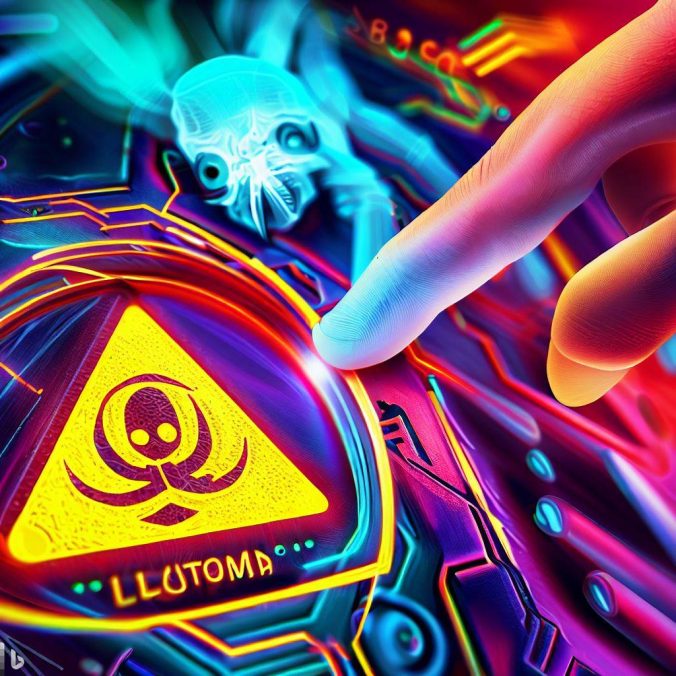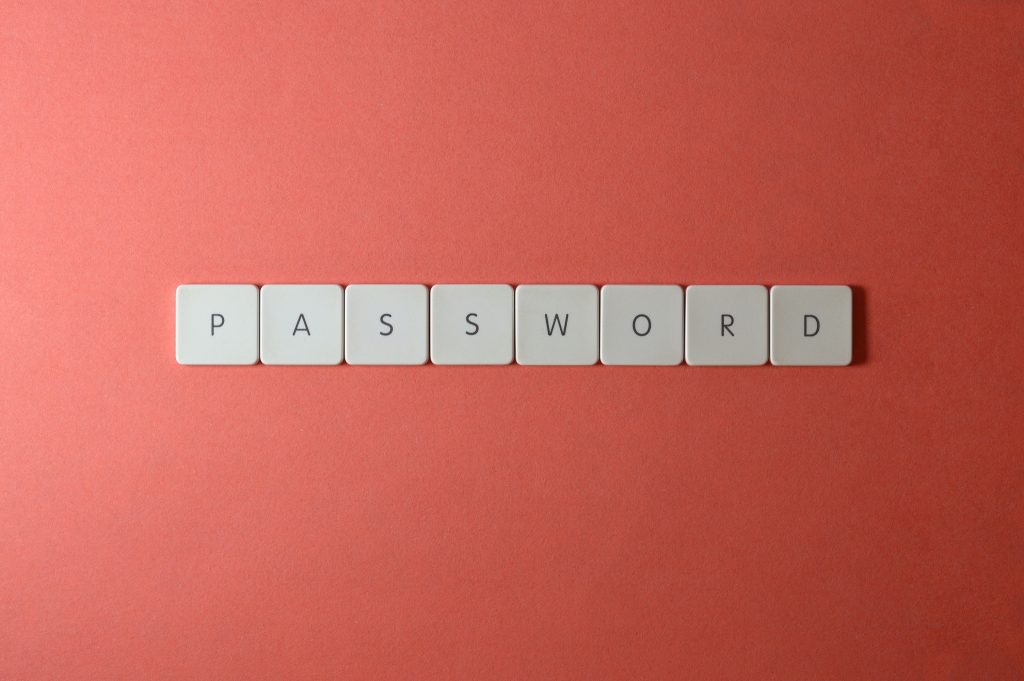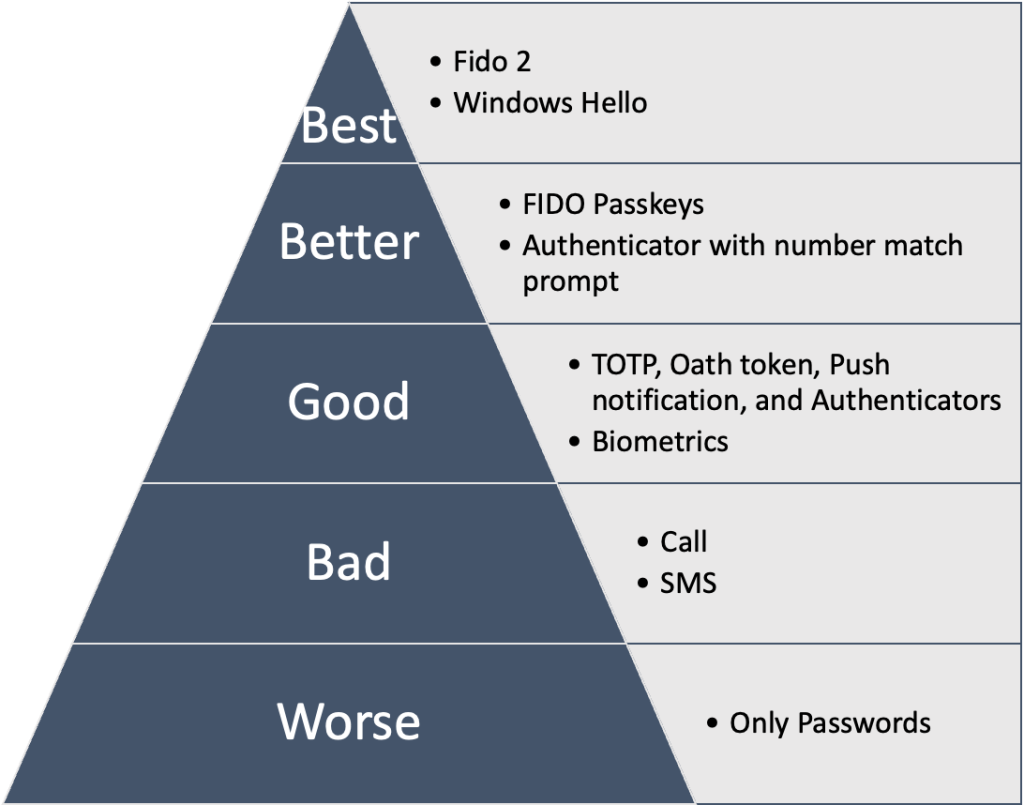A Follow-Up Comparative Analysis

Following our previous exploration of Large Language Models’ (LLMs) security risks, I am now presenting a comparative analysis of the risks highlighted by Cybersec.Café and those identified by OWASP (Open Web Application Security Project). OWASP is a renowned authority in web application security and has recently published a preliminary list of LLM security risk.
LLM Top Security Risks Comparative Analysis
1. Jailbreaking
This corresponds to several risks in OWASP’s list: LLM03:2023 – Inadequate Sandboxing, LLM04:2023 – Unauthorized Code Execution, LLM05:2023 – SSRF Vulnerabilities, LLM08:2023 – Insufficient Access Controls, and LLM09:2023 – Improper Error Handling.
In my perspective, Jailbreaking refers to the process of gaining unauthorized access to and control over an LLM’s underlying systems or processes, while OWASP risks might pertain more to the system or application underpinning the LLM rather than the LLM itself. While jailbreaking could serve as an entry point for exploiting these OWASP risks, the mitigation strategies may not be fully effective in all cases.
By articulating these risks separately, OWASP’s approach might help define individual mitigation actions.
2. (Direct) Prompt injection, 3. Second-order injections
These risks directly align with OWASP’s LLM01:2023 – Prompt Injections, although OWASP’s category encompasses all forms of prompt injections.
4. Data Poisoning
This directly aligns with OWASP’s LLM10:2023 – Training Data Poisoning.
5. Misinformation
This risk somewhat corresponds to OWASP’s LLM06:2023 – Overreliance on LLM-generated Content, especially in scenarios where overreliance results in misinformation. However, OWASP’s category includes other potential issues, such as bias, making it more comprehensive.
6. Malicious content generation
This risk intersects with OWASP’s LLM07:2023 – Inadequate AI Alignment. The link might seem tenuous, but the principle remains that an LLM’s use case should not be creating malicious content.
7. Weaponization, 8. LLM-delivered attacks
These risks overlap with OWASP’s LLM04:2023 – Unauthorized Code Execution and LLM07:2023 – Inadequate AI Alignment. These risks underscore the potential for LLMs to be exploited for malicious purposes, be it coding malware or delivering attacks.
9. Abuse of vertical LLM APIs
This risk relates to OWASP’s LLM07:2023 – Inadequate AI Alignment and LLM08:2023 – Insufficient Access Controls. Poor AI alignment could potentially lead to misuse of the LLM, and similarly, poor access control could result in unauthorized actions.
10. Privacy and Data Leakage
This risk directly corresponds to OWASP’s LLM02:2023 – Data Leakage.
Conclusion
In creating this top 10 and comparing it with OWASP’s list, I observed that the key differences lie in the granularity and standardization of terminology.
The field of LLM security is still relatively nascent, and there is a noticeable need for standardization of terms. This comparison has shed light on this fact.
I hope that OWASP’s risk list will bring the critical security considerations for LLMs into sharper focus, laying a solid foundation for further discussions and the development of security measures in this rapidly evolving technology sphere.













Recent Comments